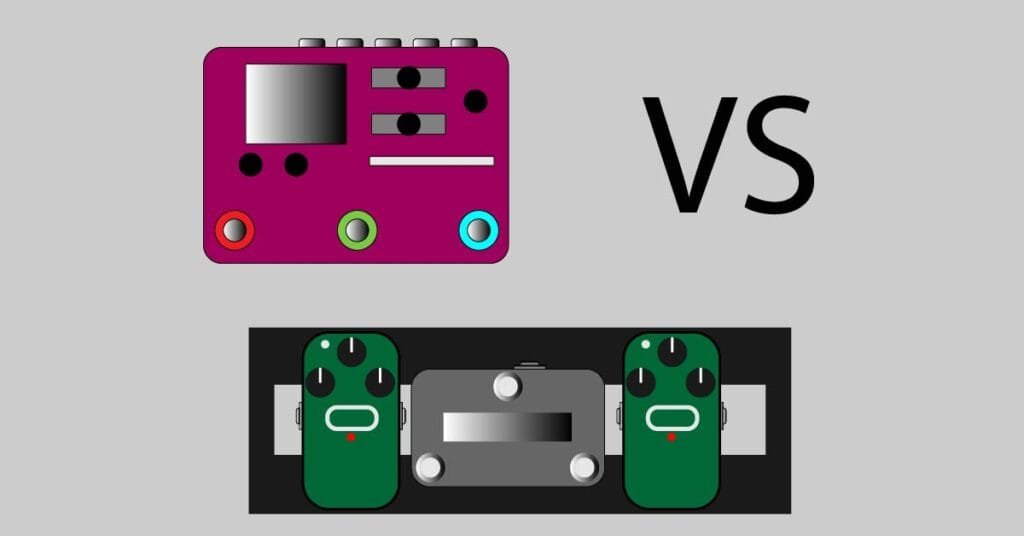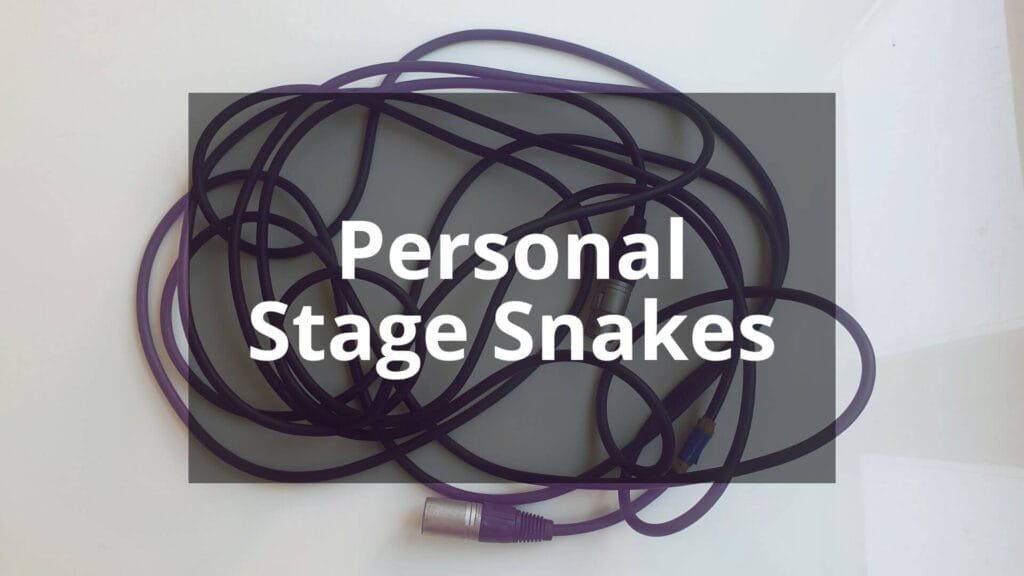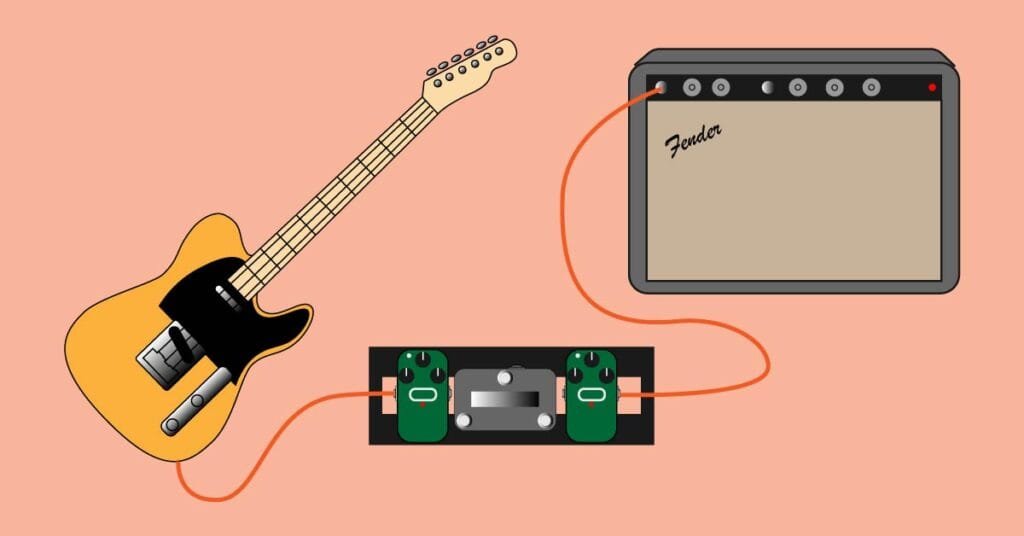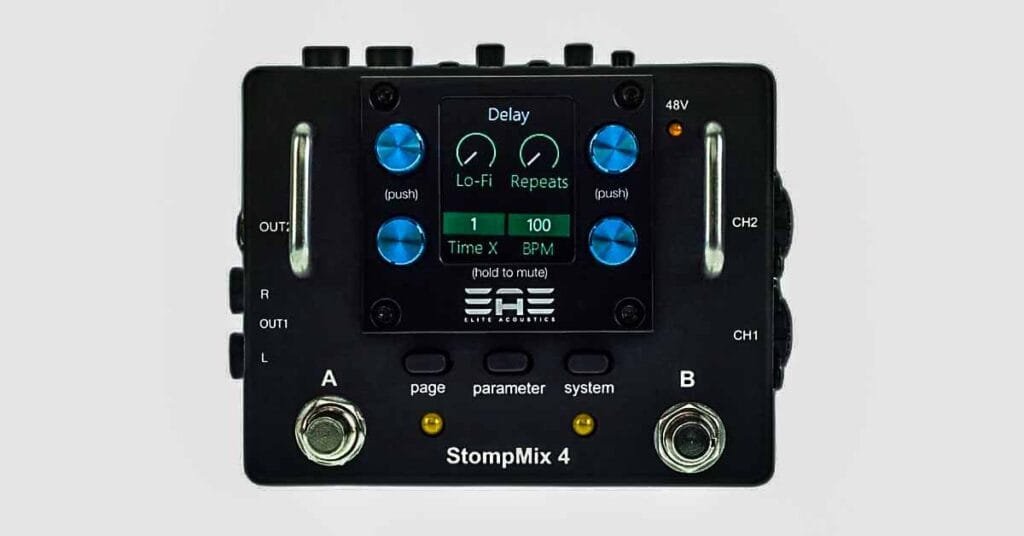Compact MIDI pedalboard vs Multi-effects: Which is best for you
Introduction
Playing the guitar live or in the garage sometimes also means diving deeper into the world of guitar pedals. The solutions for a pedalboard are endless. Since we are focused on smaller and lighter gear here at Easymusicgig this article is not about building an awesome pedalboard that can do almost everything but usually involves a lot of muscle to carry it. Today we will talk about the differences between compact MIDI pedalboards and multi-effects.
I have tried and still am trying all kinds of solutions to make gigging easier. Building a pedalboard that can do what you specifically need can be like learning a new language for some. Things get a bit complicated if you play the guitar and sing. This is not an article where we will compare the quality of multi-effects units and individual pedals. Also, we will not focus on digital vs analog in detail. It is about the pros and cons of two different guitar pedalboard systems that work for us in the same way: they both can change presets and parameters by stomping onto one single switch.
This is my view of all-in-one multi-effects vs MIDI-controlled pedals where I will try to help guitarists make an informed decision about which approach is best for them.
What is MIDI?
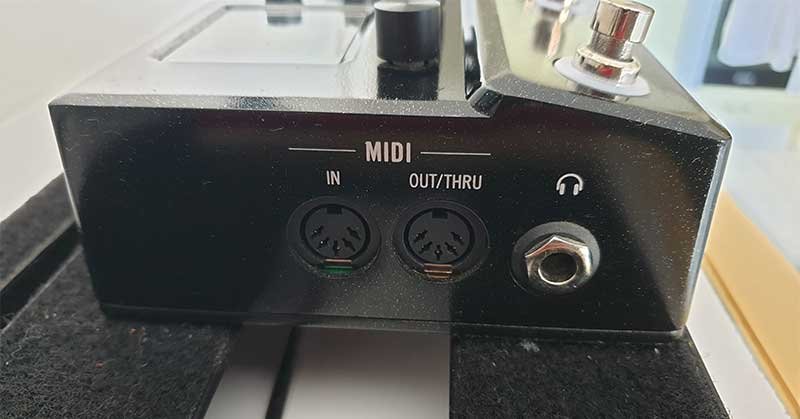
MIDI stands for Musical Instrument Digital Interface. MIDI does not send any audio signal. It sends digital messages. The most important fact for guitarists is that MIDI can change presets and any chosen parameter to several pedals simultaneously.
Without going into detail on how MIDI works it is important to say that MIDI messages can connect up to 16 different devices where each device is assigned a different channel.
Multi-effects
Multi-effects are single-unit pieces of gear that can do almost everything. They are capable of providing us with multiple effects at the same time, amp and cab simulation, impulse response (IR), looping, and so on. Everything is in one unit. Multi-effects usually have several footswitches that are usually programable.
Pros
- The convenience of being a single compact unit
- Smaller than a classic pedalboard that consists of more than 3 or 4 pedals
- Costs less than several high-quality pedals with a MIDI controller
- Huge amount of effects, amp, and cab sims, for you to choose from
- Presets can be pre-programmed for many changes with a single switch
- Signal chains can be tailored to our preferences
- No cables running from one pedal to another
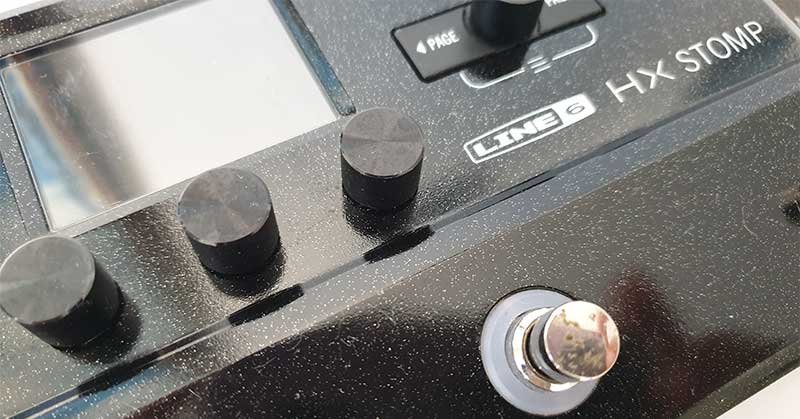
Cons
- Non-modularity: you are stuck with what’s inside. If you don’t like the built-in modulation effects you can’t take them out and replace them with a different i.e. old analog pedal that sounds better to you.
- If they die on you, you will need a whole new system. Digital gear is more likely to fail than analog.
- Limited customization: Every manufacturer and piece of gear has its way of customization. You can’t always make things work the way you would like them to
- Digital sound: Modulations sound great with digital technology, but the warmth of analog overdrive or preamp pedals is hard to beat. If you want them, you will have to add them to your existing multi-effects pedal.
MIDI-controlled pedalboard: A modular approach
A MIDI-controlled pedalboard consists of pedals of your choice which are controlled by, well, a MIDI controller. Pedals that have MIDI capability can receive MIDI messages that can change presets, parameters, and values with a single press of a footswitch. MIDI can also control older analog pedals, but only to be switched on or off. Some new analog pedals have MIDI-controllable features.
In short, MIDI-controlled pedalboards offer very precise control over individual pedals.
Pros
- Each pedal is interchangeable making the pedalboard modular
- You can choose any pedals you want for your sound: many individual pedals, especially analog pedals sound better than any found in a multi-effects unit
- Total control of programming complex changes that can be made by hitting a single footswitch
- Adjustments on pedals can be made on the fly during the gig
- A MIDI pedalboard can be controlled by a Bluetooth device such as a tablet
Cons
- Hard to setup: MIDI control is more complex than that of multi-effects
- Cost: several high-end pedals and a MIDI controller can cost much more than a compact multi-effects
- With many signal and power cables, there is a higher possibility of a malfunction
- Size: A MIDI-controlled pedalboard can become very large
The hybrid approach: The Compact MIDI pedalboard
In this system, we have at least one or more multi-effects on the pedalboard with or without other single pedals all controlled with a MIDI footswitch controller.
This is actually why I am writing this article. After trying various pedals which were controlled by a footswitch controller I made the leap from pedals to multi-effects. I don’t need more than a Line 6 HX Stomp with a simple Ampero 2-button footswitch for guitar.
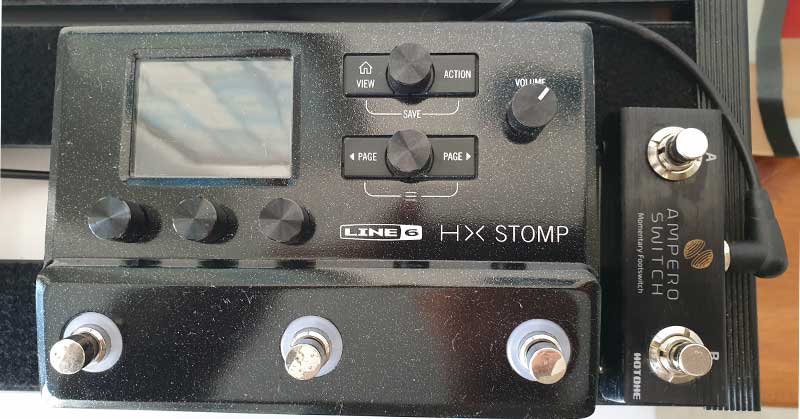
I am also the main vocal for my band and I use two TC Helicon footswitches for my vocals on my small pedalboard alongside the HX Stomp. But I can’t change my vocal presets without bending down and tweaking knobs. Now I am looking for a way to expand my vocal effects possibilities with a vocal multi-effects with presets.
Since I tend to minimize my gear and try to make things simple I have been looking for a single-unit device for my guitar and vocal needs but when I finally find something that suits my vocal needs the guitar effects and customizability are not to my taste and vice versa. The solution to this is a compact MIDI pedalboard.
Pros of the hybrid approach:
- You can use a multi-effects unit AND your favorite pedals that do a better job than their counterparts in the multi-effects
- The capability of using MIDI to control all devices the way you want them to work instead of relying on the factory programmability of the multi-effects that are limited to your needs.
The only way to use the HX Stomp with another vocal processor which suits me best and not do the pedalboard dance is to control them with MIDI. You can then have a pedalboard that can be programmed to your needs and still enjoy the benefits of a minimalist rig. This is the closest you can get to a multi-effects device that has been designed to your taste.
MIDI vs switchers

Switchers were first introduced for the use of programming which pedals will be ON when you hit a footswitch. After programming a footswitch, all you have to do is step on a dedicated footswitch to turn on certain pedals. The pedals give us any tone they were manually set to give us.
Nowadays many switchers are capable of sending and receiving MIDI messages that can turn on a pedal AND change practically any value on it making them MIDI switchers.
Footswitch devices labeled as MIDI footswitches can do much more than switchers with MIDI. They come in different sizes and can have customizable LCD screens for ease of use.
Conclusion
The main focus of this article is to emphasize the possibility of modularity with a compact MIDI controllable pedalboard versus the all-in-one approach that a single multi-effects unit offers while maintaining a small footprint.
Multi-effects devices are capable of doing almost everything a modern guitarist needs. They are also super customizable, but for guitarists who are also singers or simply want to minimize their gear but still want to have absolute control over their presets the hybrid MIDI pedalboard may be the solution.
Think of it this way:
It’s like taking a super multi-effects and replacing one big section of it with another piece that works better for our needs or it’s like putting all your favorite pedals into one unit that delivers their sound and adding other individual pedals that are better at other things. And the same goes for programming footswitches and their functionality. MIDI gives us total freedom over what we want to do with a simple step on a footswitch.
The best choice for a guitarist depends on your preferences and needs for the specific types of gigs you play. If you are satisfied with how a multi-effects works, go for it, but if you want total freedom of customization while not sacrificing analog sound then the MIDI route would be a better choice. Cost can sometimes be the factor that will determine which type of pedalboard will be used.
In the end, whether you choose a compact multi-effects unit, a MIDI-controlled pedalboard, or a combination of both, the goal is to find a solution that best works for your needs as a gigging musician.
